-
Pipevine Swallowtail
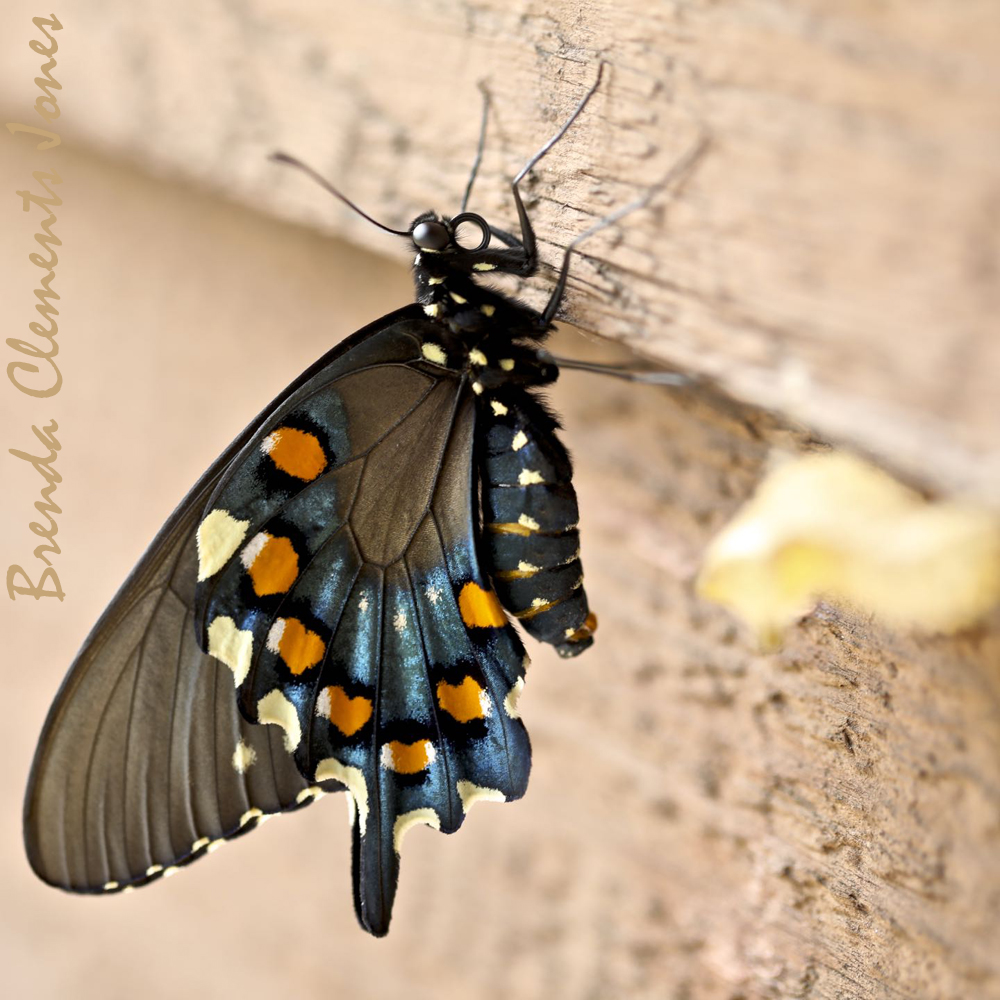
Brand new! This Pipevine Swallowtail (Battus philenor) has just emerged from its chrysalis. A couple years ago I decided that if I wanted to see Pipevine Swallowtails, I should get a plant that would engage them. Their host plants are in the genus Aristolochia. One of them, Woolly Dutchman’s Pipe (Aristolochia tomentosa) filled the bill since…
-
Larger Elm Leaf Beetle
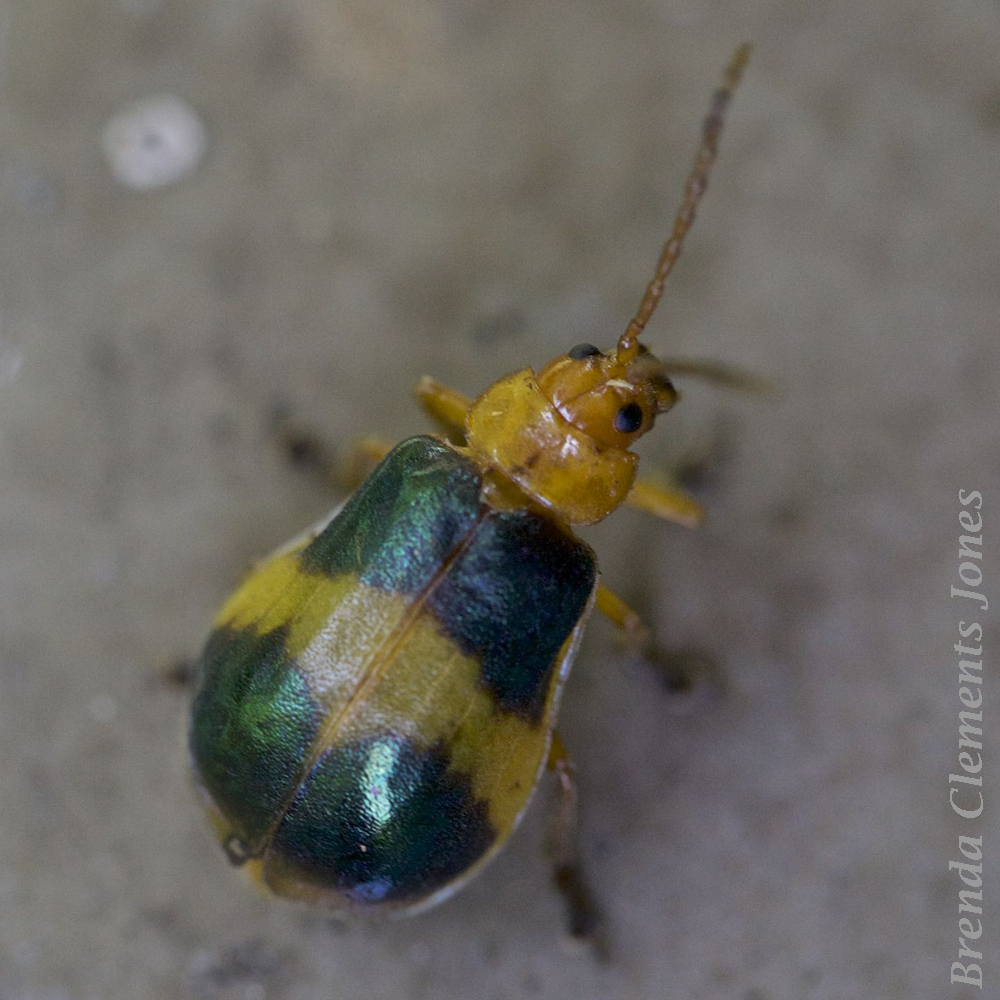
Quite a pretty beetle with its colorful iridescence, the Larger Elm Leaf Beetle can be found in the eastern and southeastern US, from Florida west to Kansas and north to Pennsylvania. Elm is a favorite tree that this beetle feeds on, but it also skeletonizes the leaves of Hawthorn, Hazelnut, Flowering Dogwood, River Birch, Pecan…
-
Tiger Bee Fly
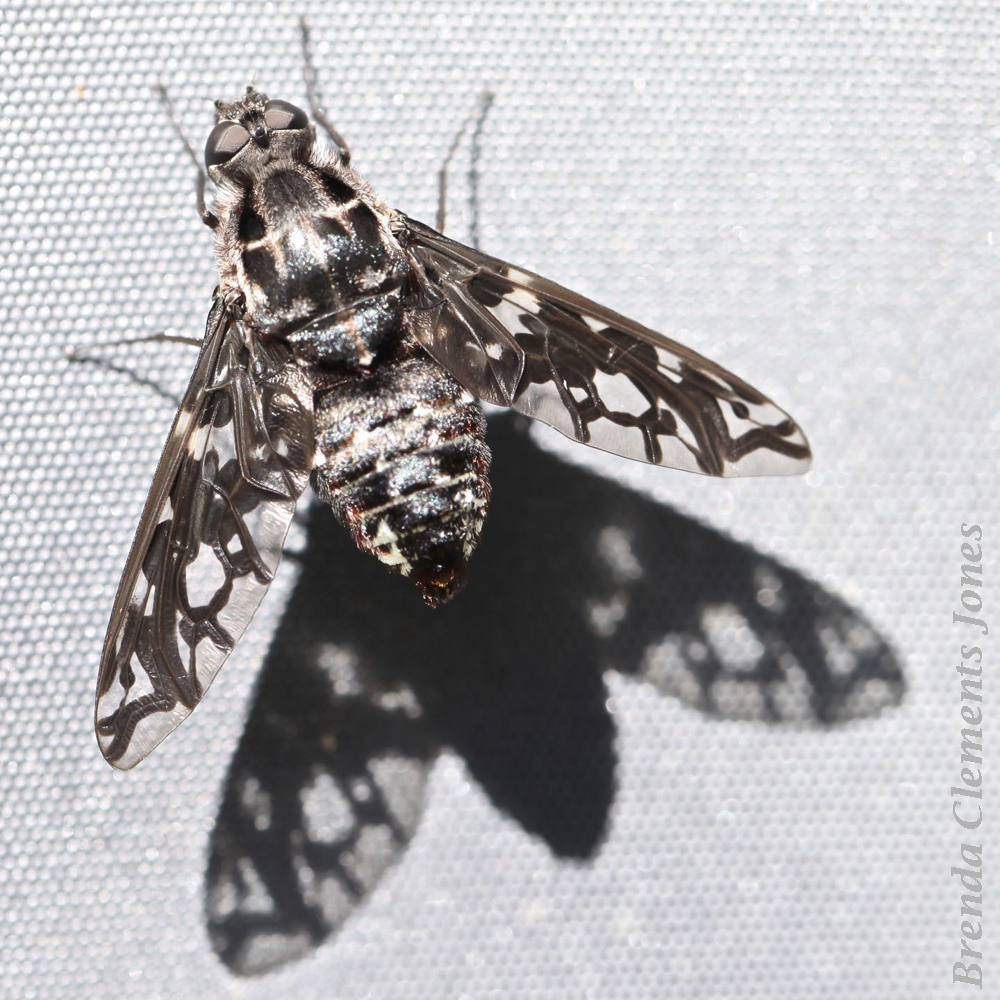
Nothing to worry about, though it reminds me of a Horsefly. Actually something to cheer about. This is a Tiger Bee Fly (Xenox tigrinus). It doesn’t show any aggression toward humans. No stinging. No biting. Measuring in at one-half to three-quarter inch long, the Tiger Bee Fly is an insect of the family Bombyliidae (bee…
-
Silvery Checkerspot
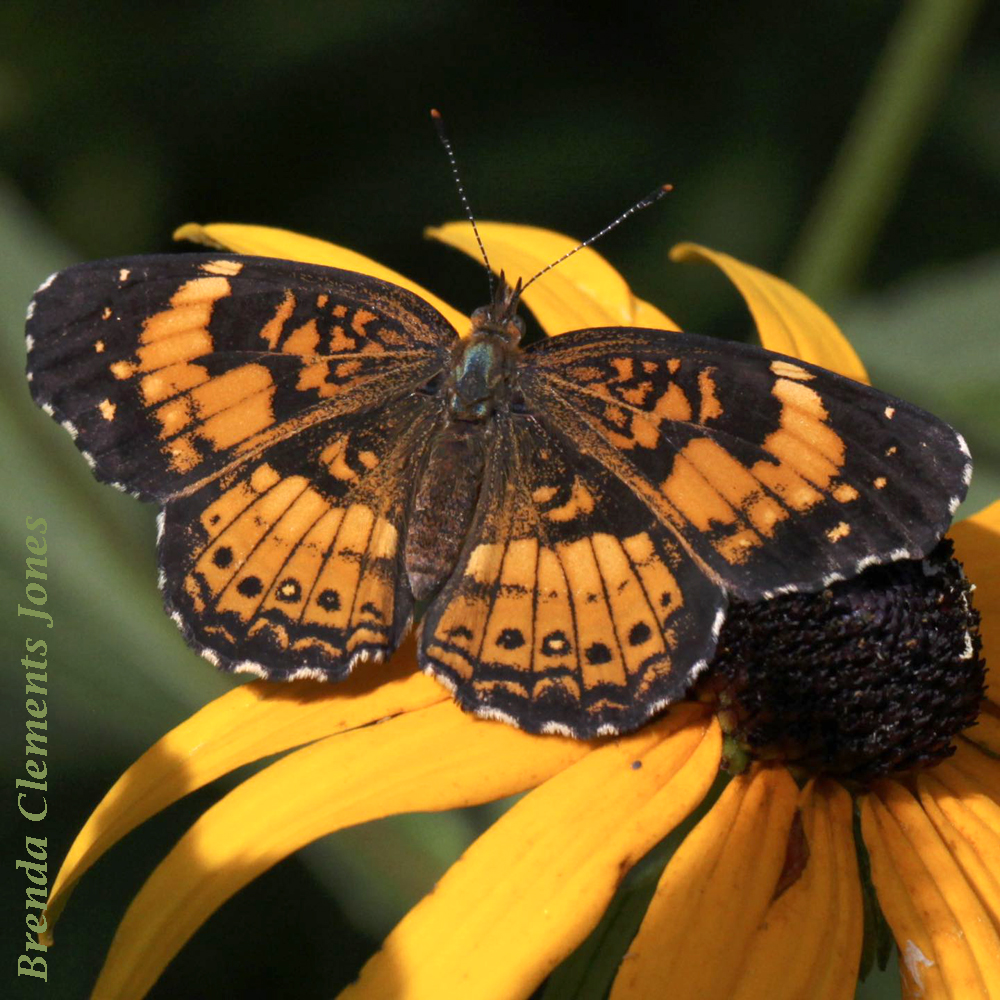
Warm sunlight shining through a tiny butterfly wing. Capturing this view of the wings was a challenge. A view that this little critter didn’t want to share. But seeing this, the underside of the wings, makes identification easy. Silvery Checkerspot (Chlosyne nycteis) on Apple Mint (Mentha suaveolens). In this view the hindwing is pale with…
-
Great Spangled Fritillary
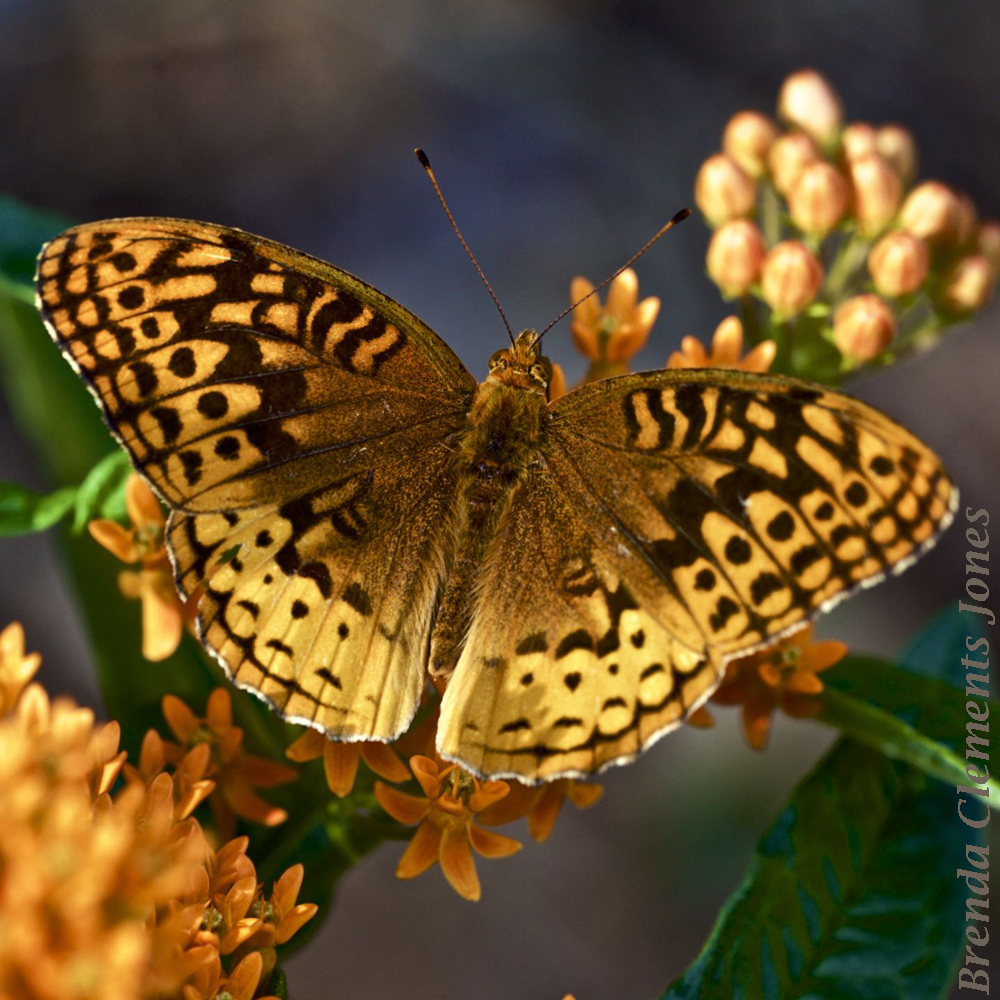
One of many species of Fritillary that depend on native violets as their host plant, Great Spangled Fritillary (Speyeria cybele). They’re seen in the central and northern United States and southern Canada sporting a wingspan of about three inches. Many adult butterflies have a very short life. In contrast, adult Great Spangled Fritillaries live from…
-
Carolina Wrens
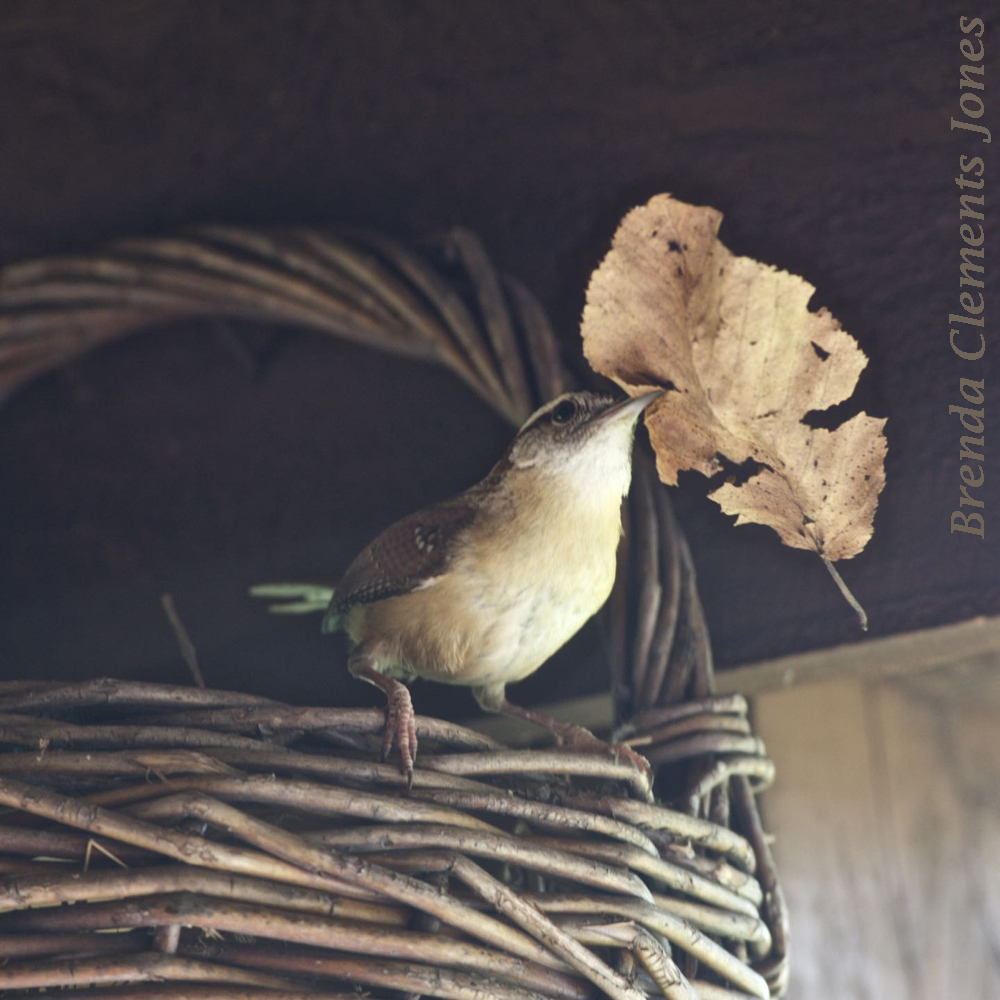
Over the years I’ve had many Carolina Wren (Thryothorus ludovicianus) nests built here at my cabin. At least one out by the vegetable garden in a bird house. Another in a five-pointed star bird house on the porch. And in what seems to be a favorite spot, in an antique graniteware coffeepot hanging from the…
-
First Wood Frogs of Spring
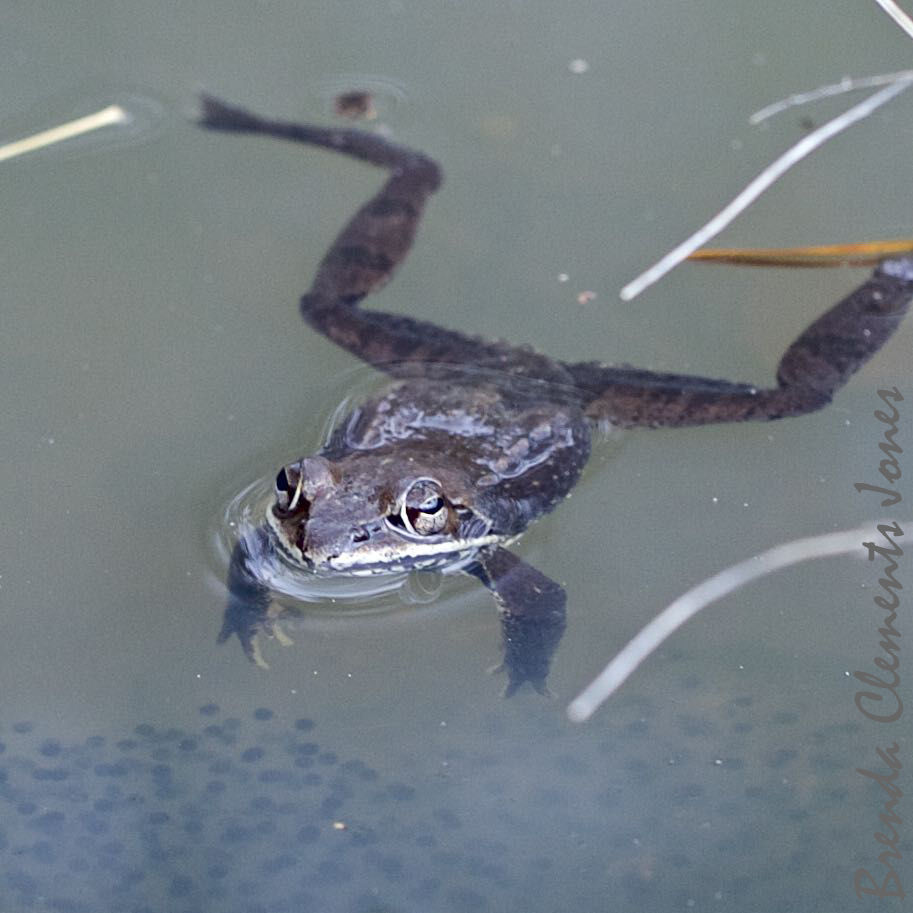
As the evening was coming to a close last night I was so pleased to hear a sound I’ve grown fond of. “Clack, clack, clack!” An odd sound not heard since LAST spring. Today my pond has been REALLY active. The sound of Wood Frogs (Lithobates sylvaticus). They’ve left their winter hibernating spots. Perhaps under…